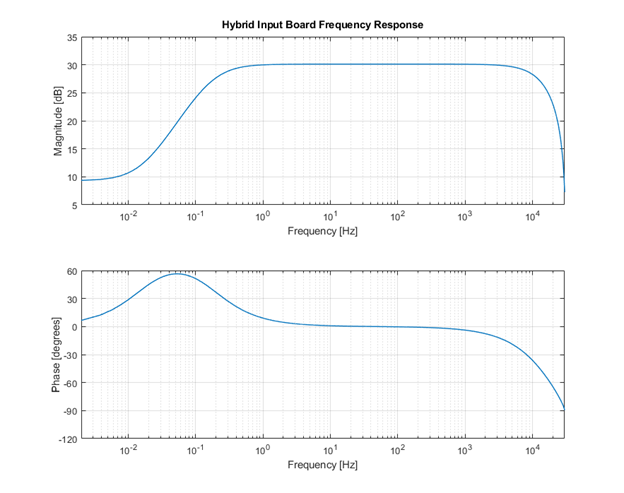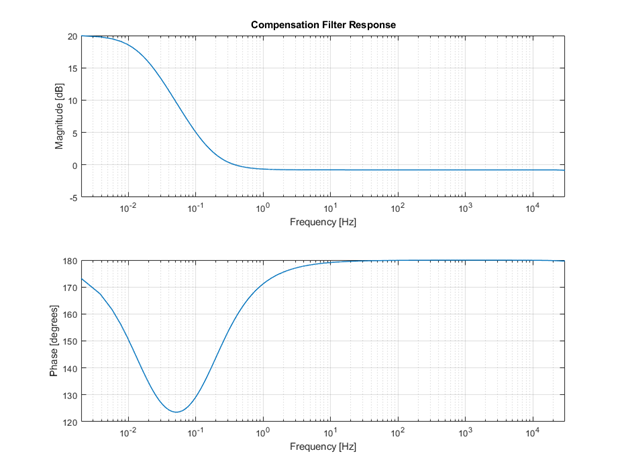Hybrid DC Coupling and Getting Back to Unity Gain
Understanding Neuralynx’s DC Hybrid Coupling
The Digital Lynx SX Combo Boards use 24 bit A/D converters that cover a voltage span of +/- 132 mV. As pertains to electrophysiology, biological neural signals are easily contained within this voltage range. However, electrode offset voltages can be as high as 900 mV if using electrodes of different metal types (for example, gold and tungsten) which would cause clipping or saturation. Signal artifacts from abnormal movement, electrical stimulation, or other experimental procedures may also cause saturation, resulting in amplifier lockup and instances of unusable signal acquisition. Further, a standard resistor/capacitor input AC coupling circuit will become high impedance at low frequencies, causing large low frequency voltage shifts or noise.
To minimize input impedance and noise levels, Neuralynx Combo Boards apply 10X gain directly to channel inputs. One solution to prevent amplifier saturation would be to simply decrease this first stage gain, but this would also reduce signal-to-noise ratio and resolution for the 0-100 mV range – particularly important for electrophysiology.
Neuralynx addresses this by applying a DC hybrid pre-emphasis filter on every Combo Board input channel. This design maintains optimal resolution, noise performance, and frequency response for signals in the +/- 132 mV range which also allows input voltages exceeding +/- 1000 mV without clipping by attenuating signals in the 0.1 Hz to DC frequency range. Attenuation is non-linear, increasing up to 90% (20 dB) at DC. This elegantly avoids the basic input range problems described above, allowing you to simply record the entire signal without experiencing very low frequency saturation – and the data errors and hardware malfunctions this may trigger – while exceptional signal quality and resolution are maintained above the 0.1Hz frequency.

Figure 1: Non-linear magnitude and phase at very low frequencies with the Combo Board’s DC hybrid pre-emphasis filter.
However, this solution introduces a non-linear reduction in magnitude and phase shift in the 0.1 Hz-to-DC range of recorded data which may be undesirable depending on your experiment needs. (See Figure 1.) Therefore, the DC hybrid pre-emphasis filter may be disabled on the Combo Boards. NOTE: See the next section for methods to reverse the effect of the pre-emphasis filter and restore the data very close to full DC values at the electrodes post-recording.
Getting Back to Unity Gain
Electrophysiology data may be returned to unity gain or “flat DC” values after recording by applying an inverse filter using the Hybrid Input Compensation MATLAB® utility created by Neuralynx. This utility reverses the attenuation of the DC hybrid pre-emphasis filter through non-linear amplification of the DC and very low frequency components of your signal, returning the entire input range to unity gain. (See Figures 2 and 3.)

Figure 2: The Hybrid Input Compensation filter response.

Figure 3: Compensated result is unity gain with linear phase shift.
Note that applying this filter may cause data clipping if the resulting output values exceed the ±32,768 sample values available to the 16 bit CSC file format (.ncs file extensions).
Caution – Device for investigational use in laboratory animals or other tests that do not involve human subjects.
Rev. A0